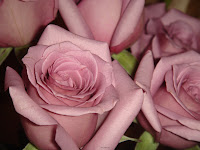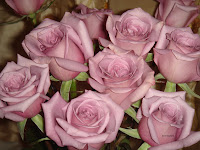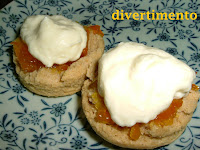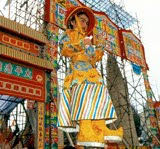
I buy flowers for my home regularly. After years of shopping with my 2 regular florists in Hong Kong, I finally made my way to the Flower Market in Mongkok. I must admit it is a bit of a trek from where I live but well worth the effort. I recommend that you either combine it with a visit to other markets in the Mongkok area (its right next to the Goldfish Market and the Yuen Po Bird Garden) if you just want to have a look or plan to buy quite a bit, to make the trip worthwhile. I had a great time there enjoying the blooms and plants. There are even shops that sell silk flowers, florists' materials, pots and everything flora related. The prices are a fraction of what you would pay at the florists elsewhere and the range is superb. I bought a bunch of 10 roses for $25, azaleas in full bloom for $30, an African violet for $15 and a bonsai for $58. The potting mix I bought was far superior to the ones I get from the supermarkets - it actually contains soil and no fillers such as polystyrene bits. I planned to just visit and ended up with more than an armful.
materials, pots and everything flora related. The prices are a fraction of what you would pay at the florists elsewhere and the range is superb. I bought a bunch of 10 roses for $25, azaleas in full bloom for $30, an African violet for $15 and a bonsai for $58. The potting mix I bought was far superior to the ones I get from the supermarkets - it actually contains soil and no fillers such as polystyrene bits. I planned to just visit and ended up with more than an armful.
 materials, pots and everything flora related. The prices are a fraction of what you would pay at the florists elsewhere and the range is superb. I bought a bunch of 10 roses for $25, azaleas in full bloom for $30, an African violet for $15 and a bonsai for $58. The potting mix I bought was far superior to the ones I get from the supermarkets - it actually contains soil and no fillers such as polystyrene bits. I planned to just visit and ended up with more than an armful.
materials, pots and everything flora related. The prices are a fraction of what you would pay at the florists elsewhere and the range is superb. I bought a bunch of 10 roses for $25, azaleas in full bloom for $30, an African violet for $15 and a bonsai for $58. The potting mix I bought was far superior to the ones I get from the supermarkets - it actually contains soil and no fillers such as polystyrene bits. I planned to just visit and ended up with more than an armful.Directions to the Flower Market by MTR: Prince Edward Station exit B1, head east towards Prince Edward Road West turn left into Yuen Ngai Street. Then turn right into Flower Market Road.







